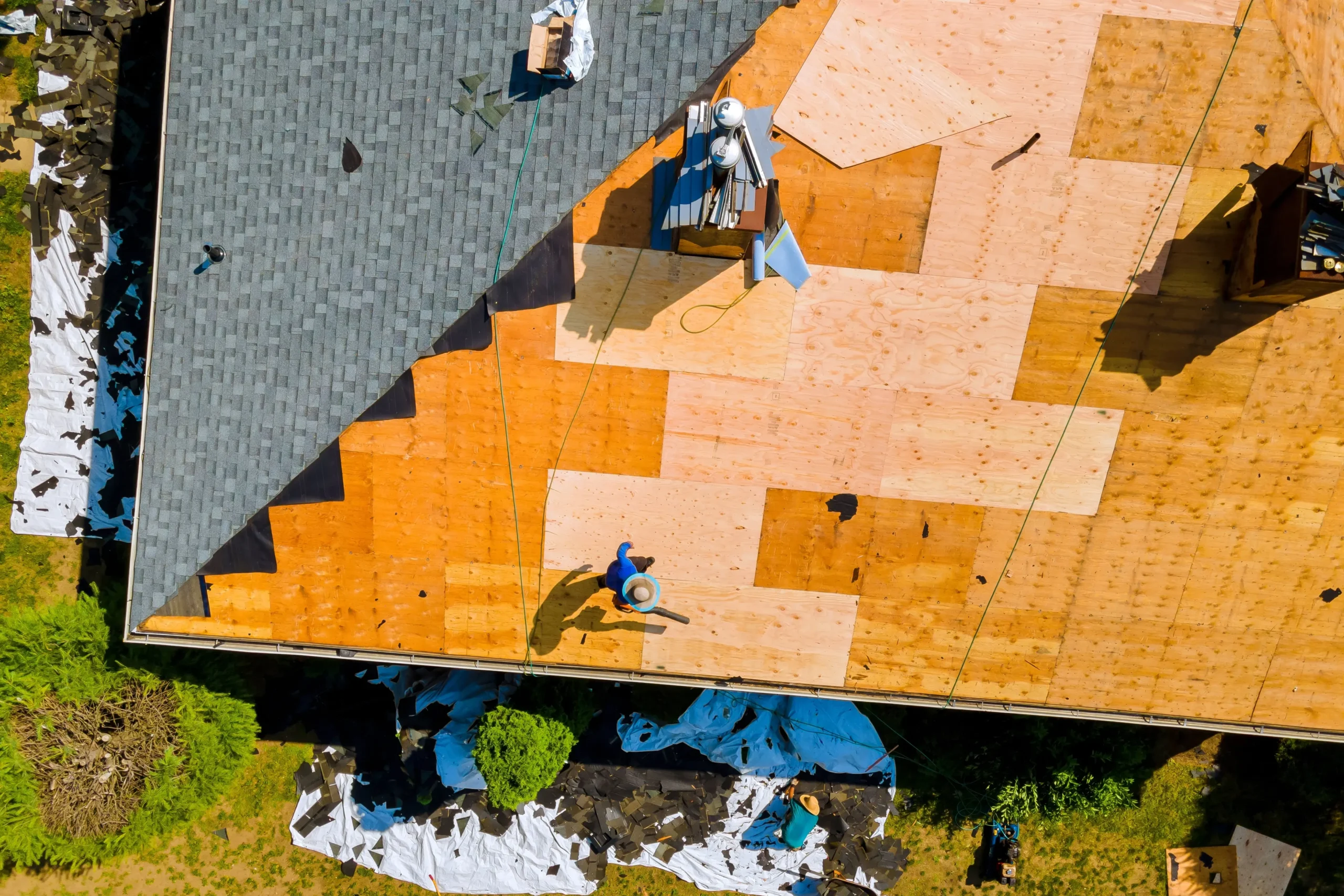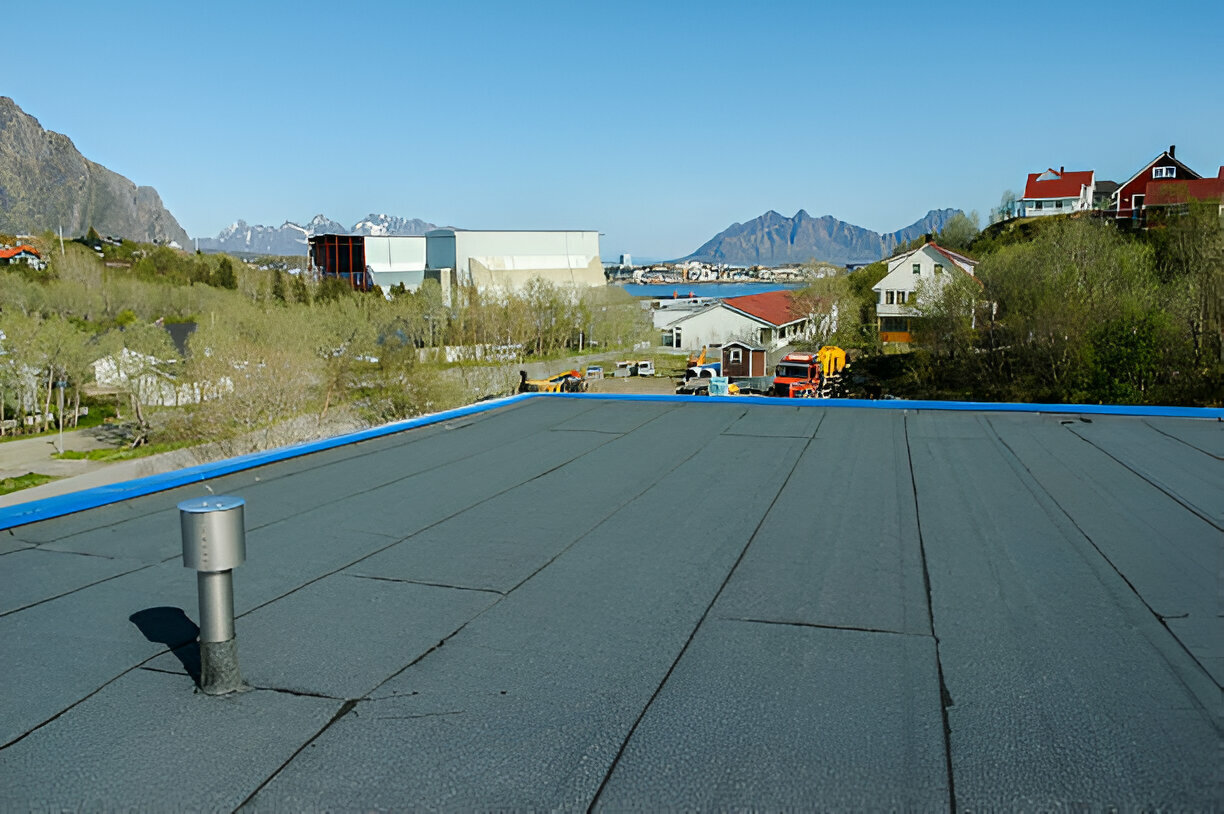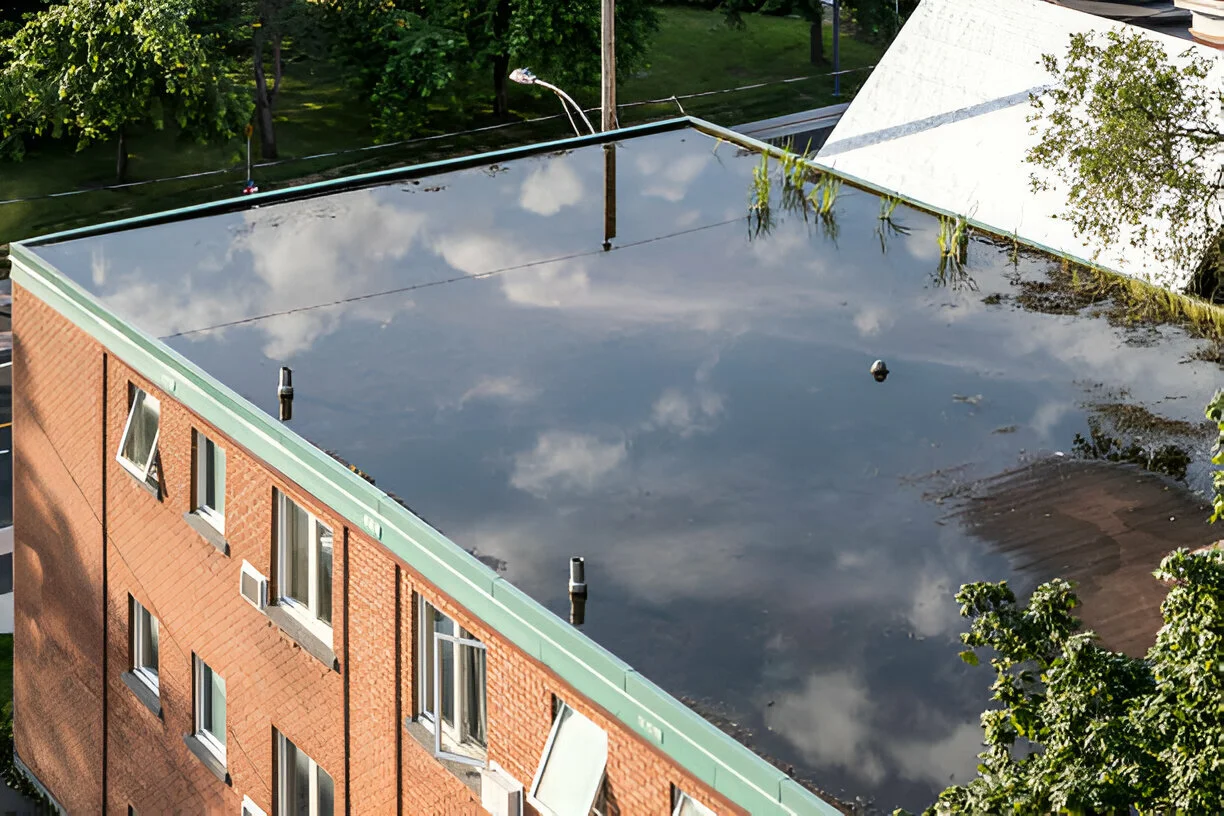Ice dams happen because of inadequate insulation in your home.
We can say that Ice dams cause huge structural damage like
leaks, mold growth, and even damaging the entire lot or house.
While it may seem defeating at first, several ways are available
for the quality removal and recurrence prevention of ice dams.
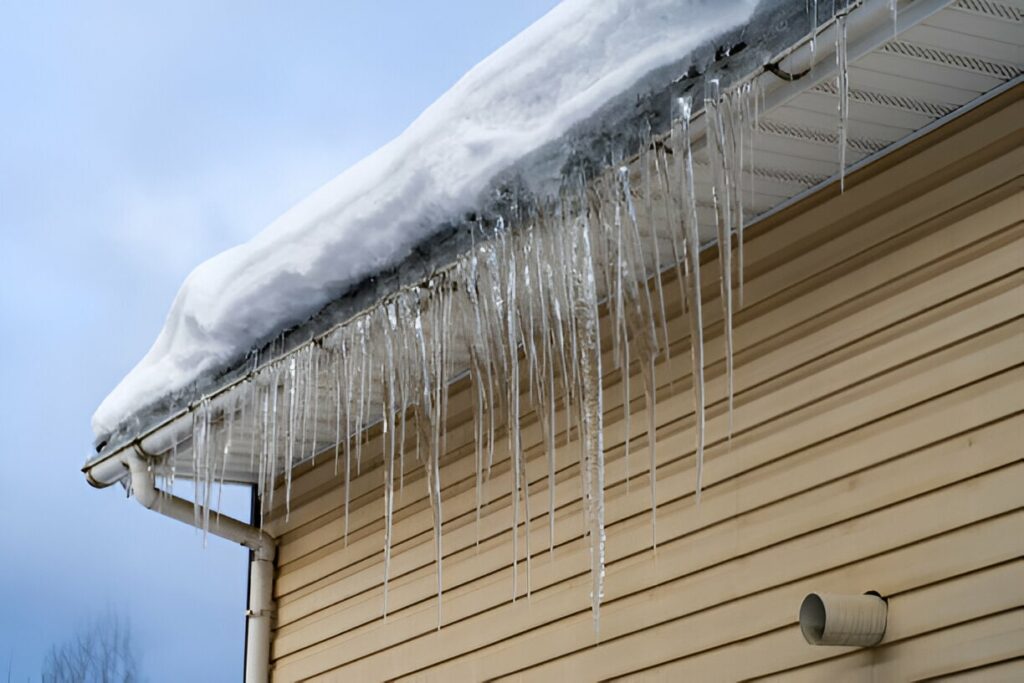
What Are Ice Dams?
The combination of high attic temperatures and heavy snowfall
results in the melting and refreezing of snow, resulting in the
drastic formation of ice dams. Ice dams serve the lethal purpose
of restricting water from leaving, which in advance leads to ice
building up over time on the roof. Lack of outflow or proper
drainage serves no purpose other than inviting trouble, leading
to water slowly dripping into the house.
Why Are Ice Dams Dangerous?
Preventing ice dam formation results in smart management. The
high pressure of the built-up ice can exert way too much stress
on the roof, leading to irreversible structural damage. Supporting
the roof with ice will cause permanent fractures if deprived of
immediate removal.
Leaks and Damages: Because water builds up behind the dam,
it can drain within your ceiling, walls, and even insulation.
Mold and Mildew Growths: Always moist surfaces constantly
during winter provides a breeding ground for mold, which
damages the air quality indoors.
Gutters: The ice dams tend to put gutters under a lot of stress
which might make them sag, crack, and in other more severe
instances, detach completely.
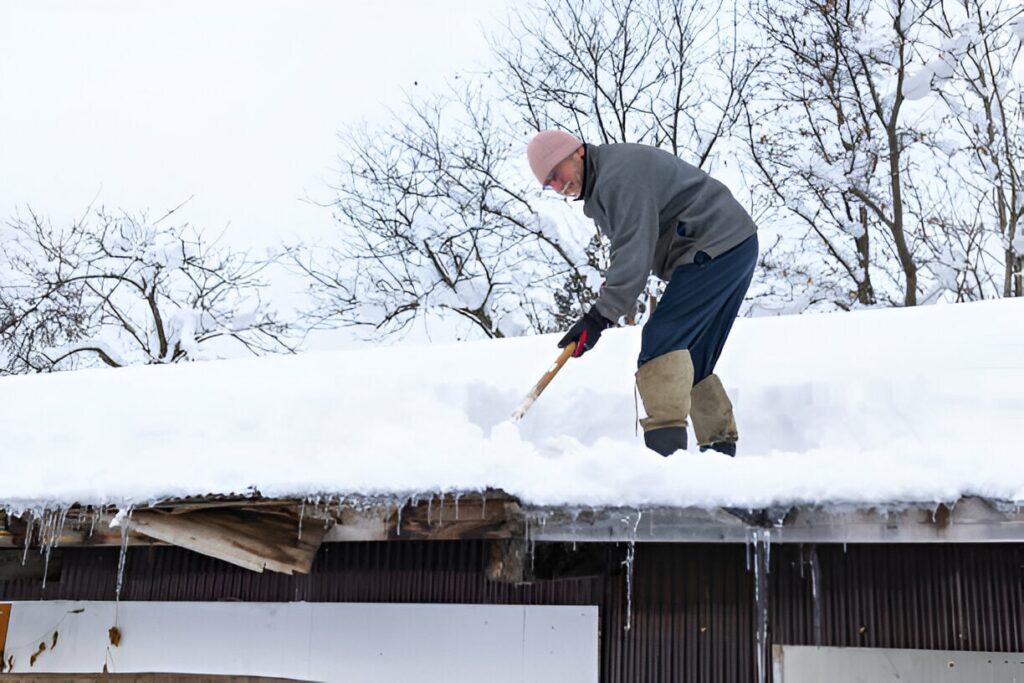
How to Remove Ice Dams Safely
Here is how you can effectively get rid of an ice dam that has
already formed:
Use a Roof Rake to Clear Snow
With a roof rake, you can get rid of excess snow sitting on top
of the roof while safely staying on the ground. Clearing off the
snow before it melts can help stop the formation of ice dams.
Melt The Ice With Calcium Chloride
To remove ice dams, you can use calcium chloride. This will
make the ice melt the most efficient option. Take a sock or
pantyhose and then fill it with calcium chloride. Then you must
set it on top of the ice dam. This will aid in creating a channel
for the melting water to flow off the roof.
—Using rock salt is not recommended as it can lead to
damage to roofing materials and nearby vegetation.
Create Drainage Channels
To create drainage channels, use a blunt object like a wooden
mallet to slowly and carefully chip sections of the dam. Avoid
using an axe or a shove,l as they may cause damage to shingles.
Apply Warm Water
An easy solution is to pour warm water over the dam to provide
more heat and enable melting. This does not get rid of the
problem, though, and other steps should be taken to reduce the
chance of these problems appearing.
Call a Professional
If it is too extreme and has started to leak, a roofing service
should be called. They have the right materials for the job, like
steam machines, that ensure no damage is inflicted upon your
roof.

How to Prevent Ice Dams from Forming
The key to one’s approach is to stem the problem at its source.
For the ice dams forming, here is what you can do:
Improve Attic Insulation
To avoid heated air escaping through the roof, one could make
use of attic insulation. If the insulation of R-38 to R-60 is used,
the chances of uneven melting would lessen considerably.
Ensure Attic Airflow is Optimized
Effective ventilating of the attic keeps the temperature of the roof
level and prevents the snow from melting too quickly. Airflow can
be improved with ridged vents, soffit vents, or gable vents.
Close off all Air Circulation Openings
Chimneys, exhaust vents, and attic hatches are the easiest places
to lose air from a house. Seal these areas with caulking or spray
foam-containing insulation to ensure warm air does not escape.
Add Heated Roof Cables
Ice can build up along the edges of the roof and form ice dams
when the heating cables on the roof are not in use. These
electrical cables keep everything at a perfect temperature to
prevent ice dam buildup.
Add a Metal Drip Edge to the Roof
Adding a metal edge to the eaves allows snow and ice to
effortlessly slide off the roof. Not only does this help improve
water drainage, but it also reduces the risk of ice dam formation.
Key takeaways:
Though ice dams can cause significant damage, you can safely
remove and prevent them from occurring again with the correct
approach. Initially, use safe removal techniques such as roof
raking, melting with calcium chloride, as well as creating a channel
to drain. In the long term, insulating, adding ventilation, and air
sealing will be beneficial to keeping your roof ice-free.
Making sure to take these steps will help to mitigate or even
completely avoid deep winter damage to the home and protect
against expensive repairs as well. A professional may need to be
called in if the issue continues.
Have you ever dealt with ice dams? Share your experience and tips
in the comments!

